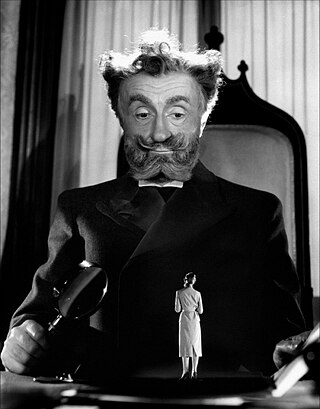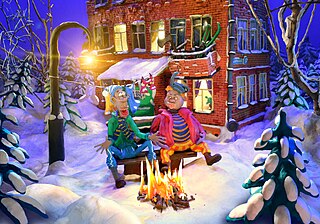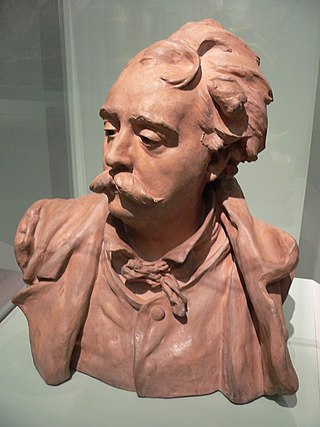
Stop motion is an animated filmmaking technique in which objects are physically manipulated in small increments between individually photographed frames so that they will appear to exhibit independent motion or change when the series of frames is played back. Any kind of object can thus be animated, but puppets with movable joints or plasticine figures are most commonly used. Puppets, models or clay figures built around an armature are used in model animation. Stop motion with live actors is often referred to as pixilation. Stop motion of flat materials such as paper, fabrics or photographs is usually called cutout animation.

Special effects are illusions or visual tricks used in the theatre, film, television, video game, amusement park and simulator industries to simulate the imagined events in a story or virtual world. It used to be called SFX but this short form has also expanded to include “sound effects” as well.
Aardman Animations Limited is a British animation studio based in Bristol, England. It is known for films and television series made using stop-motion and clay animation techniques, particularly those featuring its plasticine characters from Wallace and Gromit, Shaun the Sheep, and Morph. After some experimental computer-animated short films during the late 1990s, beginning with Owzat (1997), Aardman entered the computer animation market with Flushed Away (2006). As of February 2020, it had earned $1.1 billion worldwide, with an average $135.6 million per film.

Pixilation is a stop motion technique in which live actors are used as a frame-by-frame subject in an animated film, by repeatedly posing while one or more frame is taken and changing pose slightly before the next frame or frames. The actor becomes a kind of living stop-motion puppet. This technique is often used as a way to blend live actors with animated ones in a movie, such as in The Secret Adventures of Tom Thumb by the Bolex Brothers.
Visual effects is the process by which imagery is created or manipulated outside the context of a live-action shot in filmmaking and video production. The integration of live-action footage and other live-action footage or CGI elements to create realistic imagery is called VFX.

William Gale Vinton was an American animator and filmmaker. Vinton was best known for his Claymation work, alongside creating iconic characters such as The California Raisins. He won an Oscar for his work alongside several Emmy Awards and Clio Awards for his studio's work.

Plasticine is a putty-like modelling material made from calcium salts, petroleum jelly and aliphatic acids. Though originally a brand name for the British version of the product, it is now applied generically in English as a product category to other formulations.

Claymation, sometimes called clay animation or plasticine animation, is one of many forms of stop-motion animation. Each animated piece, either character or background, is "deformable"—made of a malleable substance, usually plasticine clay.

Harvie Krumpet is a 2003 Australian clay animation psychological comedy-drama short film written, directed and animated by Adam Elliot, and narrated by Geoffrey Rush. It tells the life story of Harvie Krumpet, a Polish-Australian man whose life is plagued by bad luck but who nevertheless remains optimistic.

Flushed Away is a 2006 animated adventure comedy film directed by Sam Fell and David Bowers, produced by Cecil Kramer, David Sproxton, and Peter Lord, and written by Dick Clement, Ian La Frenais, Chris Lloyd, Joe Keenan and Will Davies. It was the third and final DreamWorks Animation film co-produced with Aardman Features following Chicken Run (2000) and Wallace & Gromit: The Curse of the Were-Rabbit (2005), and was the first Aardman project mostly made in CGI animation as opposed to starting with their usual stop-motion – this was because using water on plasticine models could damage them, and it was complex to render the effect in another way. The film stars the voices of Hugh Jackman, Kate Winslet, Ian McKellen, Shane Richie, Bill Nighy, Andy Serkis and Jean Reno. In the film, a pampered fancy rat named Roddy St. James (Jackman) is flushed down the toilet in his Kensington apartment by a sewer rat named Sid (Richie), and befriends a scavenger named Rita Malone (Winslet) in order to get back home while evading a sinister toad (McKellen) and his hench-rats.

Peter Duncan Fraser Lord CBE is an English animator, director, producer and co-founder of the Academy Award-winning Aardman Animations studio, an animation firm best known for its clay-animated films and shorts, particularly those featuring plasticine duo Wallace and Gromit. He also directed Chicken Run along with Nick Park from DreamWorks Animation, and The Pirates! In an Adventure with Scientists! from Columbia Pictures and Sony Pictures Animation which was nominated for Best Animated Feature at the 85th Academy Awards.

Modelling clay or modelling compound is any of a group of malleable substances used in building and sculpting. The material compositions and production processes vary considerably.
Strata-cut animation, also spelled stratcut or straticut, is a form of clay animation, itself one of many forms of stop motion animation.

James Robbins "Bob" Gardiner was an American artist, painter, cartoonist, animator, holographer, musician, storyteller, and comedy writer. He invented the stop-motion 3-D clay animation technique which his collaborator Will Vinton would later market as Claymation, although Bob preferred the term Sculptimation for his frame-by-frame method of sculpting plasticine clay characters and sets.
The portmanteau term clayography is a term created by Academy Award-winning animator Adam Elliot. Elliot struggled with ways of describing his unique animation technique and so created this word to aptly express his artistic style.

Love by the Light of the Moon is a 1901 film by Edwin S. Porter, produced by the Edison Manufacturing Company. It mixes animation and live action and predates the man in the Moon theme of the 1902 French science fiction film A Trip to the Moon by Georges Méliès. The animation is provided by projected slides showing the Moon's different faces.

How Jones Lost His Roll is a 1905 silent short comedy film directed by Edwin S. Porter. The movie was popular for its clever use of animated title cards — the first example of stop-motion animation in American film.
Events in 1902 in animation.
Events in 1897 in animation.













